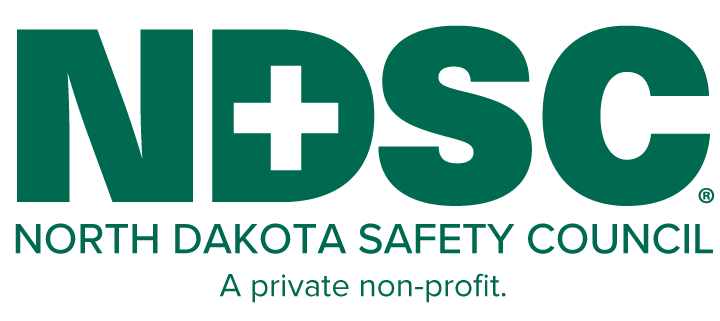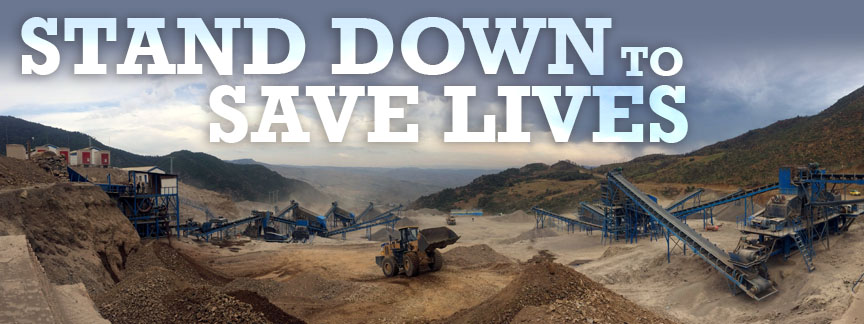MSHA to hold inaugural ‘Stand Down to Save Lives’
In an effort to raise awareness and prevent additional deaths in the industry, Mine Safety and Health Administration (MSHA) will observe Stand Down to Save Lives day on May 17. This is the first year of the Stand Down to Save Lives initiative.
“We encourage everyone in the mining community to join us in setting aside a time during this week to give additional focus to the safety and health of our nation’s miners”
There have been far too many fatalities in the mining industry this year, many of which could be prevented with proper training and safety checks. The North Dakota Safety Council is proud to offer MSHA New Miner Part 46 and Part 48 as well as MSHA Refresher courses. Federal law requires all miners to receive basic and annual refresher training. These courses are KEY to a safe work environment.
Western North Dakota contains an estimated 351 billion tons of lignite, the single largest deposit of lignite known in the world. North Dakota has an estimated 25 billion tons of economically mineable coal. But far more important than the resource itself, it is the miners who work daily to keep the industry going.
“I know that the entire community finds the troubling number of fatalities so far this year unacceptable. Reversing it will require the efforts of everyone in the mining community. MSHA knows that we cannot do this alone, and I am confident that we can count on you to continue to work with us to achieve significant improvement in miners’ safety and health. The nation’s miners, their families and mining communities deserve no less,” says Williamson.
Stand Down to Save Lives is an event for mine owners and operators to talk with miners about safety. This can be done by having a toolbox talk or conducting workplace and equipment examinations. It can be as simple as a 15-minute discussion or include additional training hours over a few days. In short, Take Time, Save Lives.
You can find more information about Stand Down to Save Lives at www.MSHA.gov/stand-down, including a downloadable poster and handout, a feedback form to share photos and information about training and other events, a social media toolkit, and links to important safety resources.




